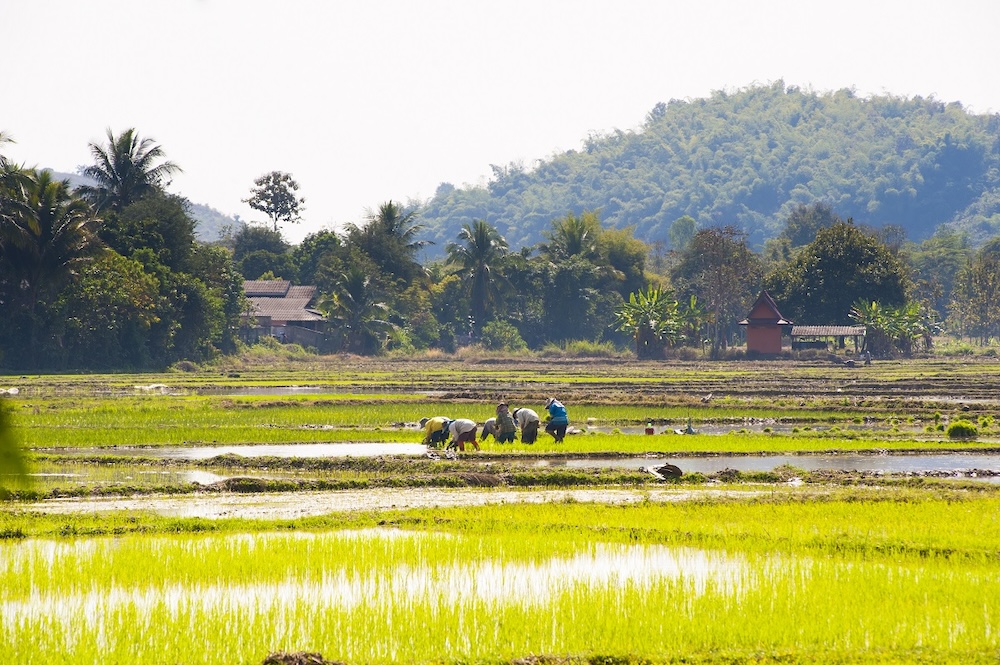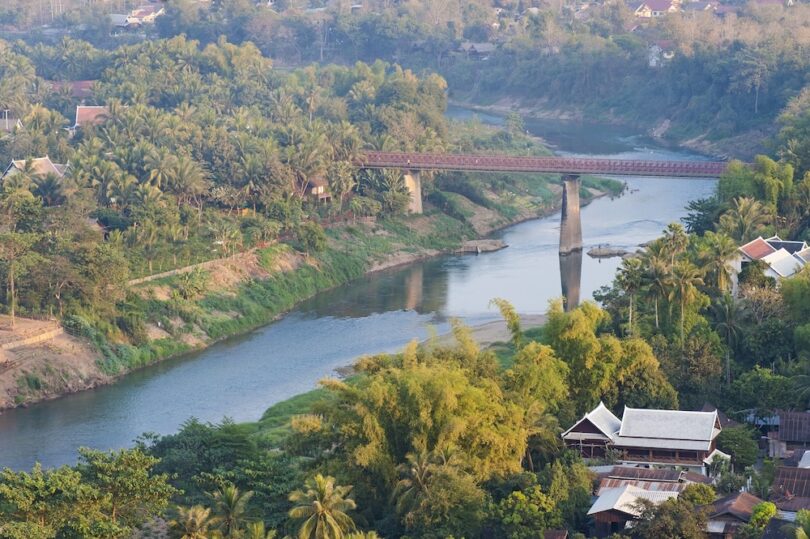Water management in Southeast Asia poses multiple challenges which are related to its geography, climate, population growth and economic development. For example, the significant increase in greenhouse gas emissions and the consequent rise in temperatures in recent decades means that the region is highly vulnerable to climate change.
Moreover, Southeast Asia plays host to 60% of the world population, primarily located in cities which release more heat and spread by building new constructions on flood plains, thus obstructing the natural course of waterways and increasing the risk of flooding. Urban growth also increases water stress. In fact, in 2015, the Asian Development Bank estimated that by 2030 there will be a 40% shortfall between water supply and demand in the region.
According to Victor Lorente, Client Solution Architect at Idrica, “it is essential to understand and tackle water management challenges in Southeast Asia so as to safeguard the region’s sustainability and growth from a social, economic and industrial point of view”.
It is precisely this situation that is driving an urgent need to address water management issues in the region. In this regard, Martin Shaw, NRW Solution Architect at Xylem, based in Malaysia, points to technology as a key player in this area. “In an area with a burgeoning economy, technology becomes a lever for change to ensure the availability and sustainable management of water and sanitation services for all.”

Lahu Tribe Planting Rice in the Rice Paddy Fields Surrounding Chiang Rai, Thailand, Southeast Asia
Some of the region’s major water management challenges are listed below:
- Water scarcity. The availability of freshwater in Southeast Asia is limited and unevenly distributed. According to the Asian Development Bank, urban centers are the main areas affected by this scarcity, although they are not the only ones. Many countries in the region face water shortages, especially in periods of drought, which affects the population, agriculture and industry. In the opinion of Idrica’s specialist, Víctor Lorente, one of the main challenges lies in “how to optimize the management of this scarce resource throughout the entire water cycle, from catchment to potential reuse. Moreover, all the stakeholders interested in this cycle must be aligned to ensure fairer, more efficient water distribution.”
- Water pollution. A study carried out by the United Nations Environmental Program highlighted that 80% of river water in the Asia-Pacific region is polluted. Rapid industrial and urban development in some Southeast Asian countries has brought water pollution from chemicals, industrial waste and untreated sewage. This affects water quality and the health of water-dependent communities.
- Flood management. During the rainy season, Southeast Asia has to cope with severe floods that affect millions of people and cause significant property damage. The lack of sound infrastructure and efficient flood management systems exacerbates this problem.
- Cross-border water resource management. Many rivers and river basins in Southeast Asia are shared by multiple countries, which can lead to disputes over the use and management of cross-border water resources.
- Climate change. Rising temperatures and changes in rainfall patterns due to climate change have a significant impact on water availability and the frequency and intensity of extreme events such as droughts and floods.
- Sustainable development. Balancing economic development and environmental conservation is a major challenge for water management in the region. The economic development experienced by Southeast Asia in the last ten years has led to increased demand for water (and energy), which in turn exacerbates water scarcity and pollution problems.
- Groundwater overexploitation. In some areas, excessive groundwater extraction for irrigation and domestic use leads to aquifer depletion and saltwater intrusion, making water unsuitable for drinking and agriculture. In these locations, additional measures are essential, including programs to improve non-conventional water sources, surface water storage, and demand management.
- Poor infrastructure. Many parts of the region lack good water infrastructure, such as water treatment facilities, distribution networks and drainage systems, which affects access to safe drinking water and increases flood vulnerability. “Countries in this region must urgently improve water management with strong leadership and provide solutions in the most affected areas” stated Martin Shaw. In addition, Asia accounts for about half of the world’s bottled water market, a further factor that discourages investment in public infrastructure.
- Population growth. According to the United Nations, approximately three out of every five people in the world live in Asia, which represents 60% of the global population, a figure that will remain the same in 2050. The increase in population and economic activities in cities, combined with rapid urban development, puts added pressure on water resources as the demand for water increases. Additionally, yields from irrigated agriculture need to be increased, with 70% of water resources being used for this type of agriculture, causing greater water scarcity.
- Water governance and policies. Inconsistent water governance, lack of integrated water management and the overlap in responsibilities between various agencies often hinder the effectiveness of water management strategies. Environmental policies cannot be taken locally but must be wide ranging and take in the complexity of ecological systems.
Southeast Asian countries need to adopt comprehensive water management approaches that include implementing sustainable policies, strengthening water infrastructure, promoting water conservation, efficient water use, and regional cooperation to manage cross-border water resources jointly and fairly if they are to tackle these challenges. In addition, public awareness of the importance of water and the active participation of local communities are also crucial to achieve more effective, sustainable water management in the region.







